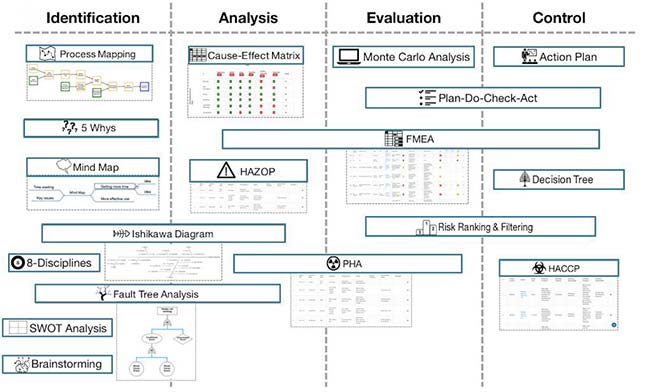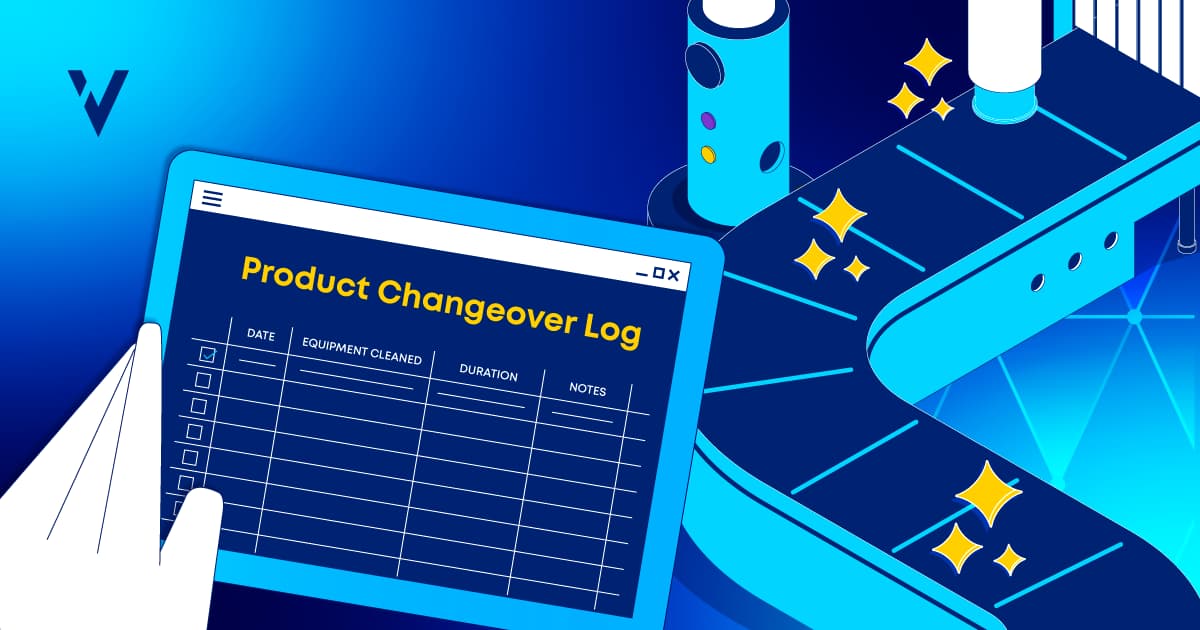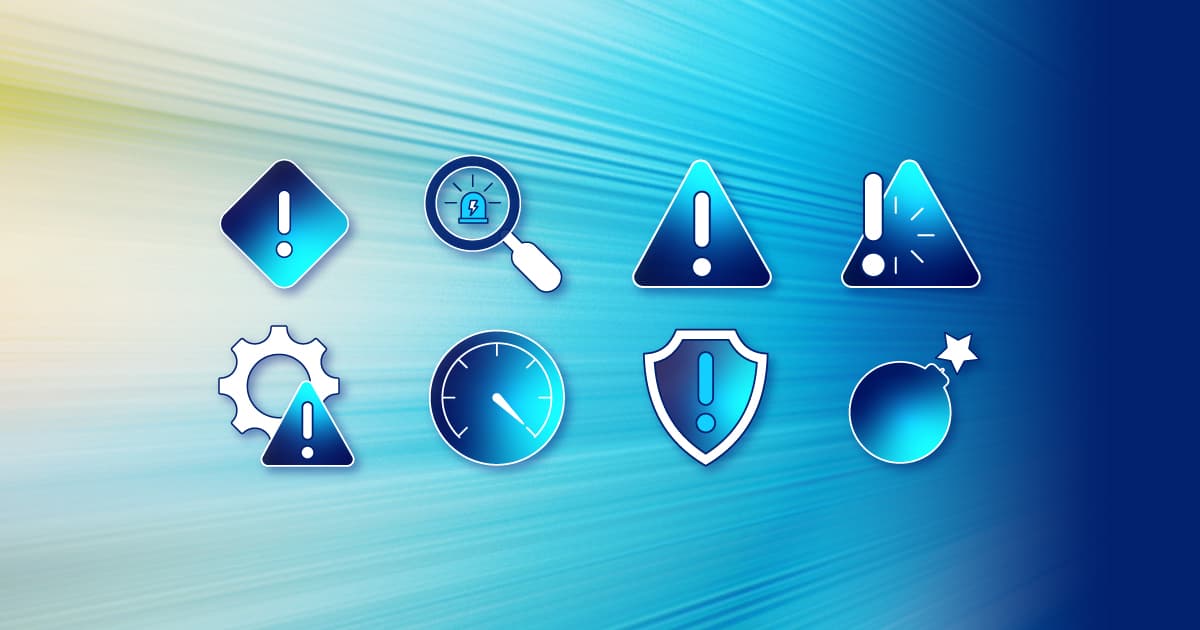
Published on March 22, 2023
Reading time: -- minutes
Last updated on November 4, 2024



In this article we will discuss the ever growing importance of Quality Risk Management in the context of Lifecycle Management.
Risk and knowledge management were introduced by the ICH guidelines (ICH Q8 onwards). Since then, they became increasingly appreciated and implemented through other guidance such as the EU-GMP Guidelines.
The forthcoming ICH Q12 will provide an operational view of how risk- and knowledge management can work together over the lifecycle of a product.
The implementation of Quality Risk Management (QRM) requires several elements. They are outlined in ICH Q9 – risk identification, analysis, evaluation, and control – require tools and practices that are linked to good knowledge management.
The initial stages, dealing with risk identification and analysis, should:
That should be followed by establishing the causality between process parameters and quality attributes. And then, from that point on, developing the whole criticality analysis exercise.
Completing an FMEA (Failure Mode and Effects Analysis) is in practice difficult and time-consuming to achieve if the initial ‘knowledge-based’ steps are skipped. Several questions need to be considered:
The following figure summarizes the different tools that are available in practice for each stage, showing that some are more adequate than others for each stage. In our experience of risk-management facilitation, different tools will be required, and the use of mapping and brainstorming tools ensures team alignment, empathy across multiple functions and an effective knowledge-sharing and harvest right from the beginning, all needed for a successful QRM project.

Once end-to-end risk-assessment is completed, a lifecycle management plan should be put into place.
This implies, firstly, to identify, to understand, to quantify and to rank risks as well as proposing a control strategy.
Then, the next steps are:
Such a plan will be used to aggregate all actions, findings, and experience to manage product and process knowledge over the lifecycle.
Using QRM within a LCM framework effectively ensures consistency at all levels where modern pharma operations are concerned. Both quality-culture and operational excellence are characteristics of class-A ‘learning-organizations’.
At ValGenesis we use a systematic approach designed to simplify the QRM process, automate and optimize, and then digitally integrate your process. Discover more about our solutions on the topic.

Learn how digital cleaning validation solutions can prevent cross-contamination and ensure drug safety during product changeovers in pharma manufacturing.
By Kenneth Pierce
Read
Learn about the requirements of the Annex 1 revision and how to ensure compliance with a digital risk management platform.
By Ângela Martinho
Read
Discover the importance of real-time process monitoring in pharma manufacturing. Explore how RTM enhances efficiency, quality, and compliance.
By Rui Almeida
Read